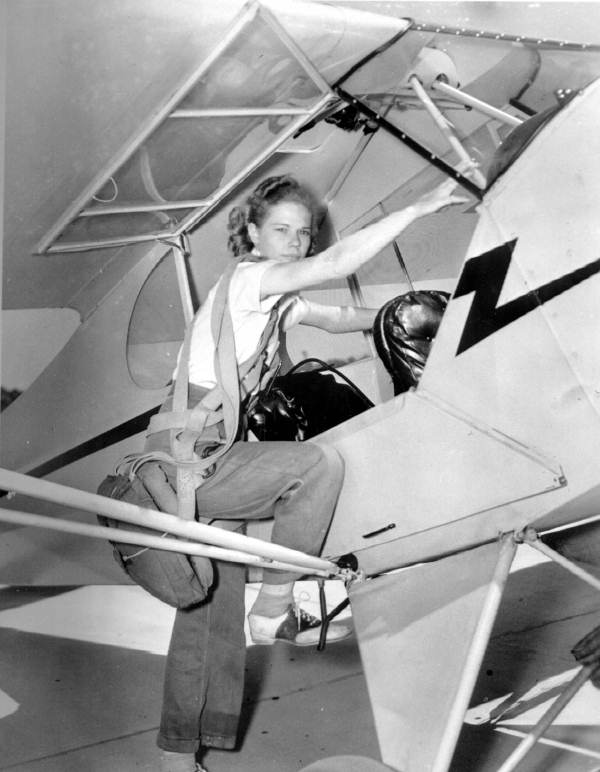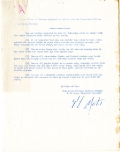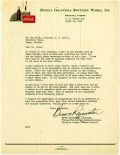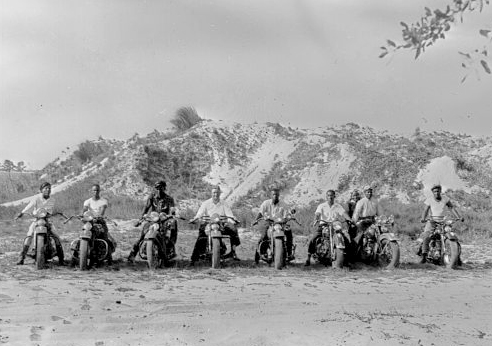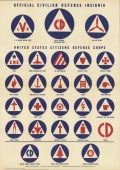
Primary Source Set
Civil Defense in Florida During WWII
While the United States’ armed forces joined with the Allies in fighting overseas, the government called on citizens to support the war effort and protect the home front. These “civil defense” measures were coordinated by the Office of Civilian Defense in Washington, D.C. and regional defense councils at the state and community levels.
Florida’s State Defense Council was established in 1940, and by the end of the war there were 137 local councils working directly with thousands of volunteers to promote safety, ensure compliance with wartime restrictions, share vital information, boost morale and handle a multitude of other tasks.
Civil defense efforts varied from community to community. Counties with larger populations tended to have more complex defense organizations that took on more projects and activities. The kinds of problems facing a county also affected the work of the local council. In most cases, civil defense efforts were segregated, meaning counties often had two committees working on each aspect of the work—one for black citizens and one for whites.
Photo credit: Student pilot Jean McRae of Homosassa, 1940.
Show full overview

 Listen: The World Program
Listen: The World Program